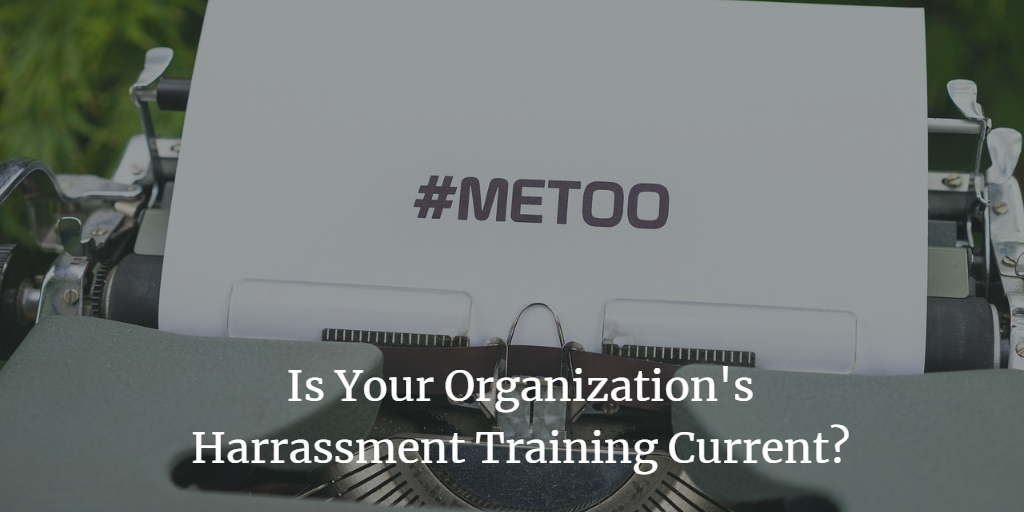Creating and maintaining a safe and welcoming environment for your employees should be a priority, especially as they return to the office.
If you are new to HR or haven’t reviewed your policy in a while, it’s essential to take the time to update it, conduct training, and give employees a way to report unwanted behavior.
Here’s on reality checkpoint – The EEOC had a 12% increase of sexual harassment complaints in 2020 compared to 2019, in a year where most of us spent time at home due to the pandemic.
Surprisingly, even in the wake of the #MeToo movement, sexual harassment training is not federally mandated.
The situation gets even murkier when employees date each other, and a breakup occurs. Policies about dating in the workplace need to be spelled out in training, especially among employees in the same division or department.
Employer Liability
According to the US Supreme Court, there are three legs to a sexual harassment suit:
- there must be sexual attention;
- the attention must be unwanted from the person who is subjected to the sexual attention; and
- the attention must be perceived as troublesome.
In addition, the employer may be liable unless they can prove that:
- They acted reasonably to prevent and promptly address the harassment; and,
- The employee did not report the harassment within a reasonable time of its occurrence.
What if your company already instituted a sexual harassment policy?
That’s a start, but the US Supreme Court has stated that an employer may still be held liable for sexual harassment even if it has adopted a sexual harassment policy if that policy and proper procedures for its implementation are not made known to all employees.
Employers must implement and effectively administer anti-harassment policies because the most effective way to reduce the risk of liability for sexual harassment is to keep it from occurring.
Proactive ways to protect your company
1) Implement a written policy that addresses unlawful sexual harassment and sets forth a simple procedure for bringing such misconduct to your attention.
2) Ensure the policy is distributed to all employees and receipt is acknowledged in writing. Further, the policy should be posted in visible locations, such as breakrooms and employee restrooms.
3) Ensure that the policy provides every employee a way to present a grievance about perceived harassment. For example, many employers are designating an outside party (e.g., human resource consultants) as the place to file a complaint, with that party then investigating the matter and reporting its findings to the employer.
4) Educate all employees about unlawful harassment, how to handle inquiries or complaints about such conduct, and how to gather initial information about such a complaint.
We Offer Sexual Harassment Training
We understand your rights and how they apply to your place of work. So give us a call today at (330) 225-1101 to ask about our sexual harassment training to ensure you have the right policies to protect yourself and your organization.

